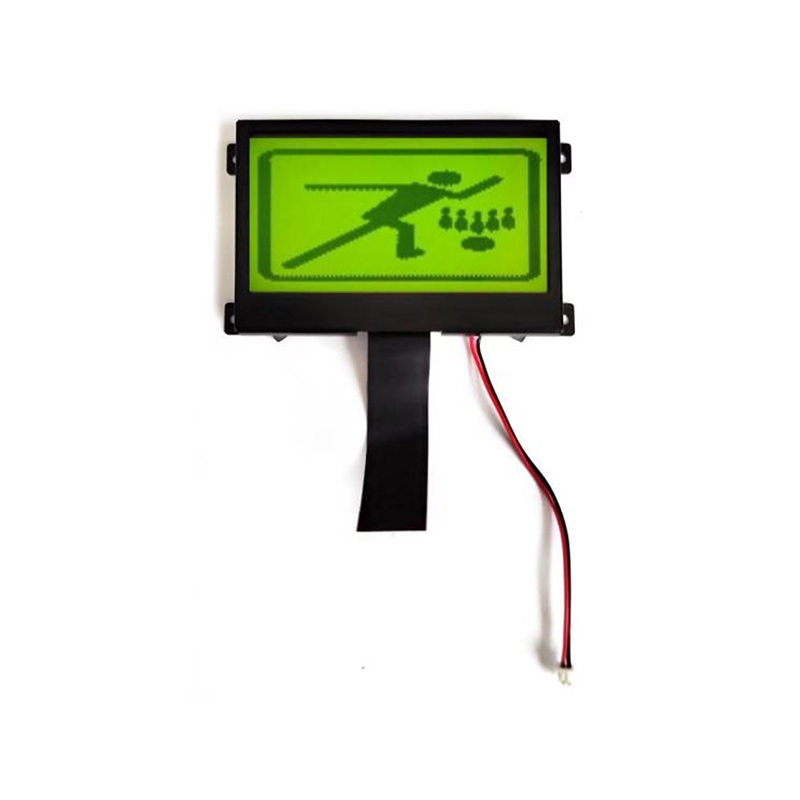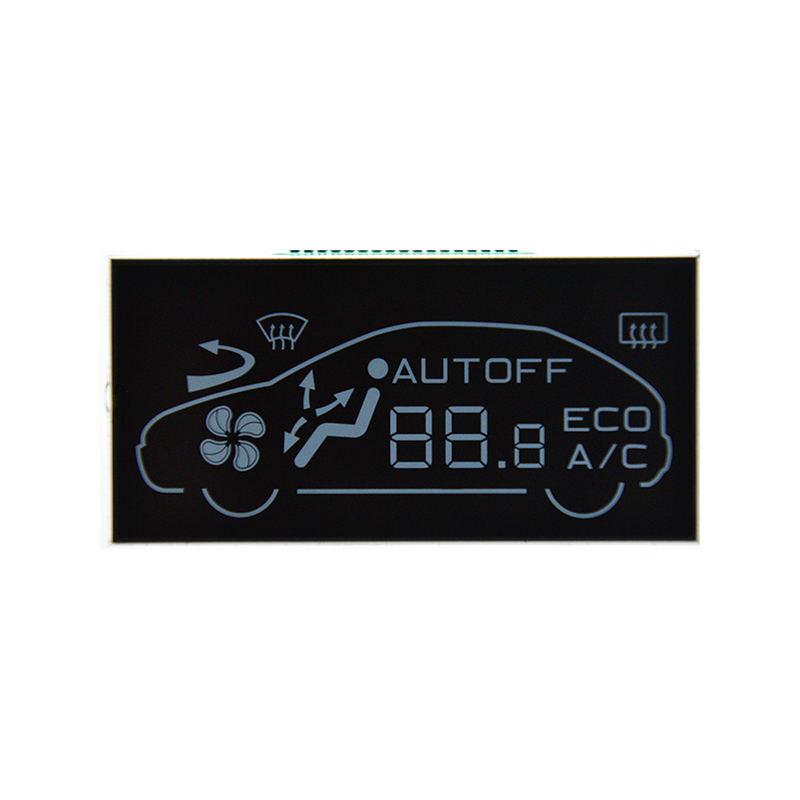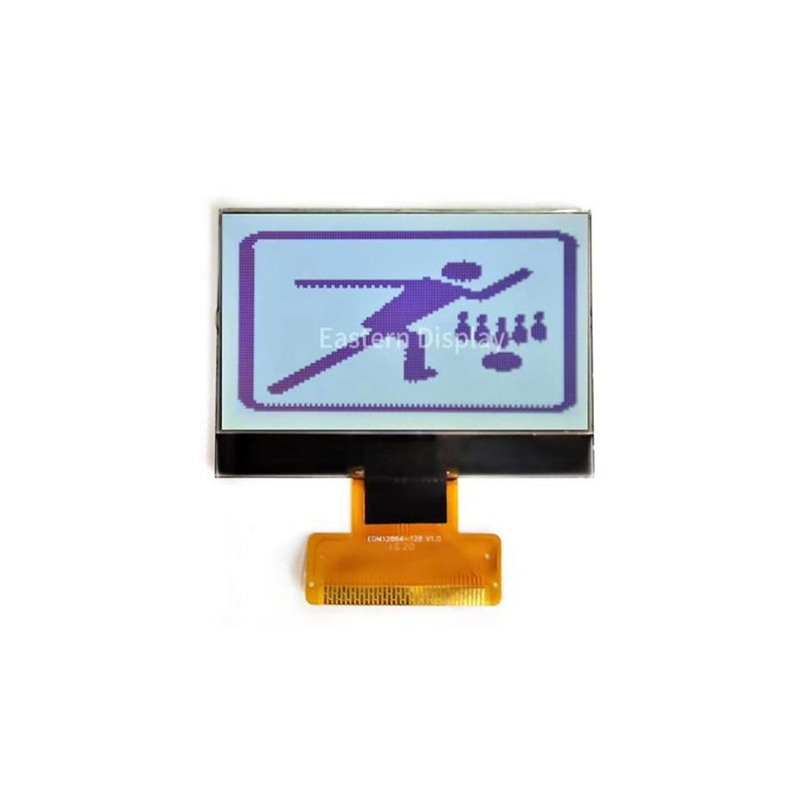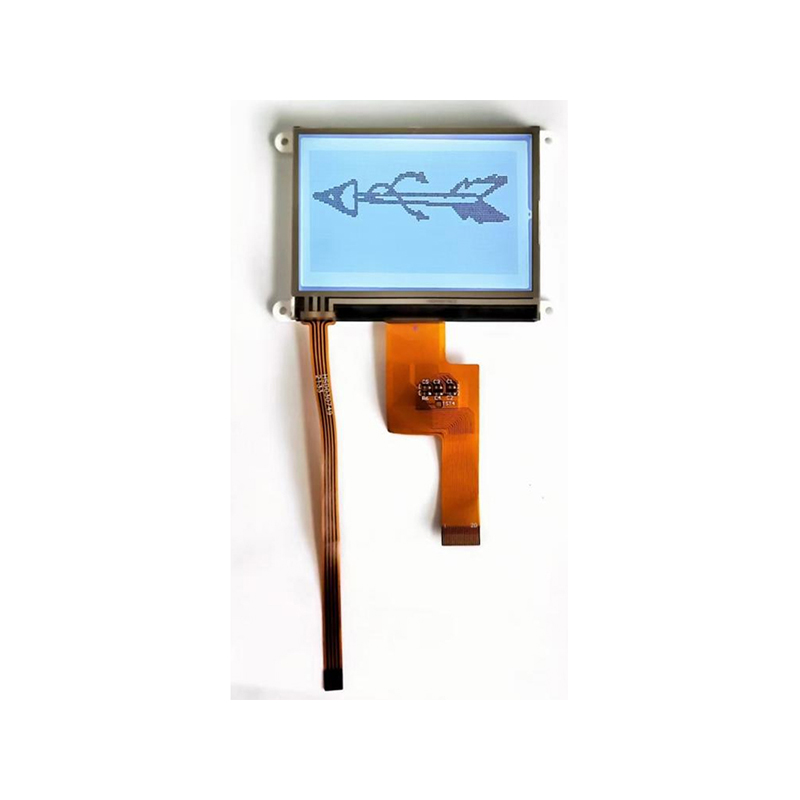
Choosing the right ESP32 OLED display product can be tricky. This guide compares top-performing displays, considering factors like resolution, size, color depth, and ease of integration with your ESP32 microcontroller. We'll help you find the perfect display for your project, whether it's a simple data logger or a complex IoT device.
The ESP32 is a highly popular and versatile microcontroller known for its low cost, Wi-Fi and Bluetooth connectivity, and impressive processing power. Its capabilities make it ideal for a wide array of applications, from smart home devices to wearables.
OLED (Organic Light-Emitting Diode) displays are known for their superior contrast ratios, vibrant colors, and wide viewing angles compared to traditional LCDs. They're becoming increasingly popular in various applications due to their energy efficiency and sleek design.
Pairing an ESP32 with an OLED display creates a powerful and cost-effective solution for many projects. The ESP32 handles the processing and communication, while the OLED provides a clear and visually appealing interface for displaying information.
Selecting the best ESP32 OLED display product depends on your specific needs. Below, we compare some of the most popular options, highlighting their strengths and weaknesses.
| Product | Resolution | Size (inches) | Color Depth | Interface | Pros | Cons |
|---|---|---|---|---|---|---|
| SSD1306-based 0.96 OLED | 128x64 | 0.96 | Monochrome | I2C | Low cost, widely available, easy to use. | Limited color options. |
| SH1106-based 1.3 OLED | 128x64 | 1.3 | Monochrome | I2C | Larger display area than 0.96 | Slightly more expensive than 0.96 |
| ILI9341-based 2.4 TFT LCD (Not OLED, but common alternative) | 320x240 | 2.4 | 16-bit color | SPI | Higher resolution and color capabilities than monochrome OLEDs. | Higher power consumption than OLEDs. |
Note: Specific performance and specifications may vary between manufacturers. Always check the datasheet of the chosen display before purchase.
Consider the amount of information you need to display. Higher resolutions allow for more detail, while larger displays offer better readability. For simple applications, a smaller display may suffice.
Monochrome displays (like most SSD1306 and SH1106 displays) are cost-effective and energy-efficient. However, if you require color, you'll need a color TFT display (like ILI9341 based displays), but be aware of higher power consumption.
I2C is simpler to implement, requiring fewer pins on the ESP32. SPI offers higher data transfer speeds but requires more complex wiring.
OLED displays generally consume less power than LCD displays, especially when displaying static content. Check the datasheet for power consumption details to ensure it meets your project’s needs.
Integrating an ESP32 OLED display product typically involves connecting the display's data and control pins to the ESP32 using I2C or SPI. Libraries like Adafruit_SSD1306 (for SSD1306 and SH1106 displays) simplify the programming process. Detailed tutorials and example code are readily available online. Remember to consult your chosen display's datasheet for correct pin assignments.
For high-quality displays and other components, consider exploring options from reputable suppliers like Dalian Eastern Display Co., Ltd. Their expertise in display technology can greatly enhance your project.
Remember to always consult the datasheets of your chosen components for precise technical specifications and integration details. Happy creating!












